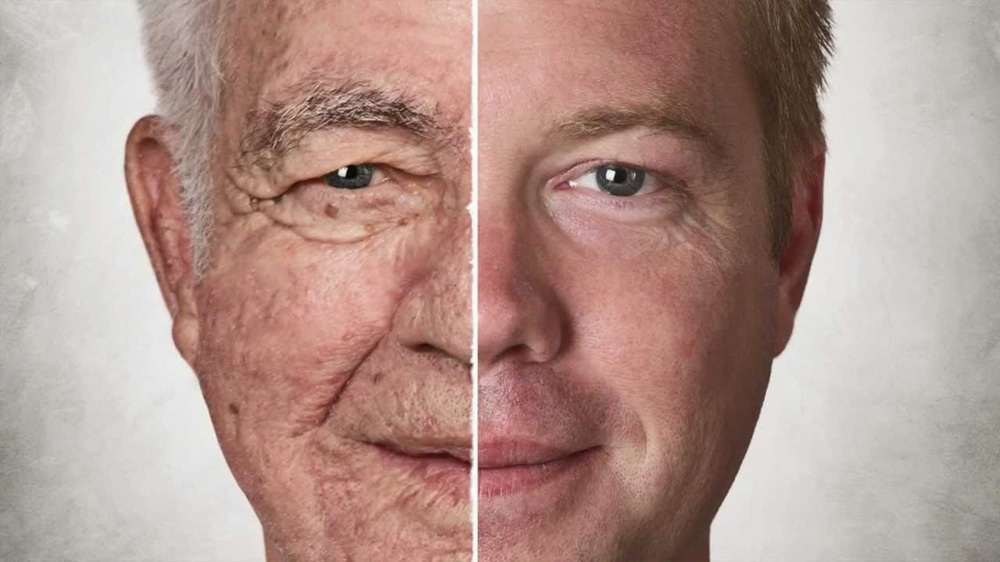Unhealthy lifestyle is one of the main reasons for the development and progression of chronic noncommunicable diseases, therefore the evaluation of the diet is an important component of a comprehensive screening. Correction factors of an unhealthy lifestyle will affect on body weight, level blood pressure lipid and carbohydrate metabolism and can be a powerful tool for primary prevention.
One of the components of wrong nutrition is an excessive salt intake, the effects of which on the body of a patient is examined for several decades. Salt, or sodium chloride consists of 40% sodium and 60% chloride. Sodium is a chemical compound that has salty taste; about 75% of the sodium a person receives by consuming food in which sodium is added during cooking to improve the taste, around 25% gets through eating foods with natural sodium or dosagevalium dishes. Sodium performs several vital functions in the human body: maintain volume of extracellular fluid, osmotic pressure, acid-base balance and transmission of nerve impulses, regulates kidney function, affects cardiac output and reduction of cardiomyocytes. Although sodium is essential for the normal functioning of the human body, its consumption is ten times more than the recommended dose.

According to who, reducing salt intake less than 5 grams per day could prevent up to 1.7 million deaths each year. In addition, ANA recommends to increase the intake of potassium along with a limited consumption of sodium. Potassium also has the ability to neutralize the negative effect of sodium. Due to the fact that average consumption of potassium a population of less than 3.5 g per day, you need to increase your intake of potassium in the diet for the prevention of cardiovascular disease (CVD). To reduce sodium and increase potassium in the diet can be applying a salt mixture with low sodium content and enriched with potassium, as a substitute of common salt.
Currently, however, debated the level of safe consumption of sodium. As excessive consumption and too low consumption of sodium chloride is associated with dyslipidemia, insulin resistance and high cardiovascular risk. A number of scholars, among them the President of the salt Institute USA Lori Roman, I believe that the negative impact of sodium on the body occurs when the daily intake of more than 12g of salt a day, and the optimum level of 2.8-5g of sodium a day.
It is worth considering that excessive consumption of sodium chloride leads to a decrease in the sensitivity of taste receptors of the tongue to salt, and cause excessive consumption of food and intake. Age and Smoking can also affect sensitivity to salt. With age, taste sensitivity to salt gradually decreases, so older people consume more salt than at a young age. Determined that Smoking also reduces taste sensitivity to salt. The greatest influence on the taste analyzer has a duration of Smoking, not the number of cigarettes smoked per day.

In addition to the negative effect on AD excessive sodium intake can increase the risk of stomach cancer. The number of observation, experimental studies, theory carcinogenic action of salt through synergic action with Helicobacter pylori infection, together with the independent factors as the increase in the rate of cell proliferation and endogenous mutations. In the study, Peleteiro B (2010) tested the hypothesis that high concentrations of sodium chloride can change the expression of genes of Helicobacter pylori. Found increased gene expression of Helicobacter pylori cagA in response to high concentrations of sodium chloride, which may be a factor contributing to the development of gastric adenocarcinoma. A comprehensive meta-analysis of studies revealed a strong adverse impact of the total consumption of salt and foods rich in salt, the risk of stomach cancer in the General population.

According to H. Zhu, a combination of excessive sodium intake and obesity may accelerate the aging of cells. Also obesity is associated with high levels of inflammation, which accelerates telomere shortening and increases sensitivity to salt.
F. He argues that with the excessive consumption of salt children consume large quantities of soft drinks and they have increased the risk of obesity.
В исследовании профессора Јепѕа Titze с Duke-National University, Singapore (2017) изучалось влияние потребления соли на жажду. В течение 2-х отдельных моделируемых исследований космических полетов (Mars) продолжительностью 105 и 205 дней исследовали 10 здоровых мужчин, которые жили и работали как космонавты на Международной космической станции. Продукты питания, суточный калораж рациона и физическая активность исследуемых были одинаковыми и постоянными, различалось только содержание соли в рационе. Исследовали эффект трех солевых рационов (низкое потребление соли – 6 г/д, среднее потребление соли – 9 г/д; высокое потребление соли – 12 г/д) на экскрецию с мочой минералокортикоидов и глюкокортикоидов, осмолярность мочи и водный баланс. Было обнаружено, что увеличение потребления соли повышает осмолярность мочи, но уменьшает клиренс осмотически свободной воды, что свидетельствует о накоплении избыточной жидкости за счет концентрации мочи. В результате исследуемые с высоким содержанием натрия в рационе употребляли меньшее количество жидкости и у них снижалось суточное выделение минералокортикоидов и повышающееся суточное выделение глюкокортикоидов.

These changes in metabolism may partially explain why a diet high salt content associated with obesity, metabolic syndrome, diabetes, osteoporosis, cardiovascular diseases.
That is why individualized correction salt diet can be a powerful tool for primary prevention of non-communicable diseases. Reduced consumption of sodium chloride can be made by informing the public about the source and content of sodium chloride in food products, improvement of legislation regarding informing consumers about the exact amount of salt, indicating their correlation with the recommended standards of consumption during the food labels and replace the regular salt in the salt mixture with low sodium.
Information sheet according to salt content
- 1/4 teaspoon salt = 575 mg of sodium
- 1/2 teaspoon salt = 1,150 mg of sodium
- 3/4 teaspoon salt = 1,725 mg of sodium
- 1 teaspoon = 2,300 mg of sodium
Products with the highest sodium content:
Bread and bakery products, pizza, sausage, hot dogs, ham, salted fish, smoked meat and fish, shrimp, anchovies, cheese, condiments, bouillon cubes, yeast, soups, olives, pickles, peanuts, soy sauce , ketchup, mayonnaise.
Natural sodium content:
- one egg contains 140 mg of sodium chloride
- in 30 ml of milk - about 180 mg
- in 200g low-fat natural yoghurt - 76 mg of sodium
- in 50g of celery - 140 mg
- in 60g spinach - 120 g of sodium
Availability of information on salt content per 100g of product packaging or color code.
| Green (low) | Yellow (average content) | Red (high) | |
|---|---|---|---|
| salt | 0g-0.3g | 0.3g - 1.5g | More than 1.5g |
| sodium | 0g -0.1g | 0.1g - 0.6g | More than 0.6g |
Maximum daily quantity of sodium chloride is dependent on age:
| Age | Maximum daily the amount of salt |
Maximum daily the amount of sodium |
|
|---|---|---|---|
| Up to 1 year | Less than 1 gram per day | ||
| 1-3 years | 2 g | 0,8 g | |
| 4-6 years | 3 g | 1.2 g | |
| 7-10 years | 5 g | 2 g | |
| 11 and older | 6 g | 2.3 g | |
| Adults | 6 g | 2.3 g | |
Mashura G.Y., assistant of the department of faculty therapy of medical faculty SHEE "Uzhhorod National University", Uzhgorod, Ukraine
Reduce sodium salts to normal and reduce potassium deficiency in nutrition will help salt Solena with a low sodium content (70% sodium salt, 30% potassium salt). Click to see where to buy salt SOLENA.






